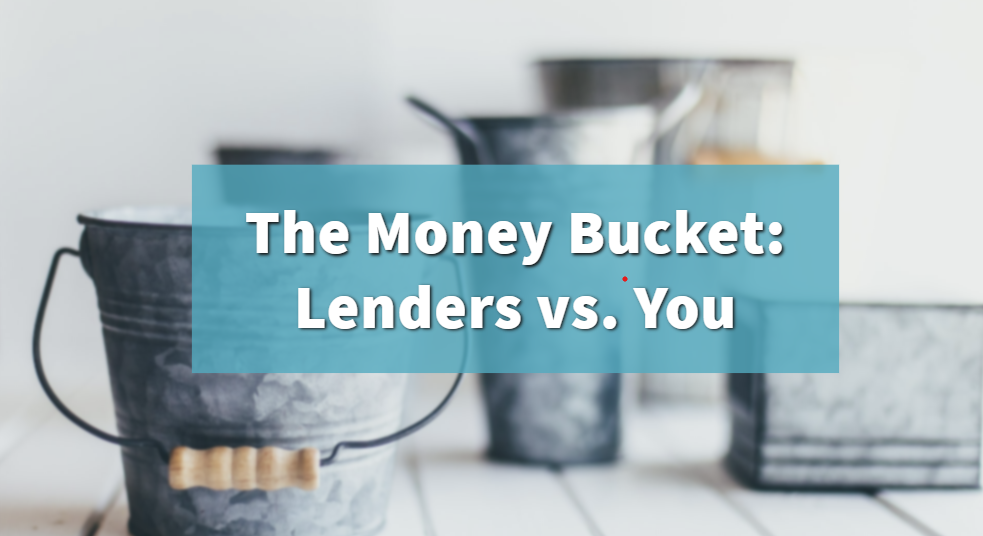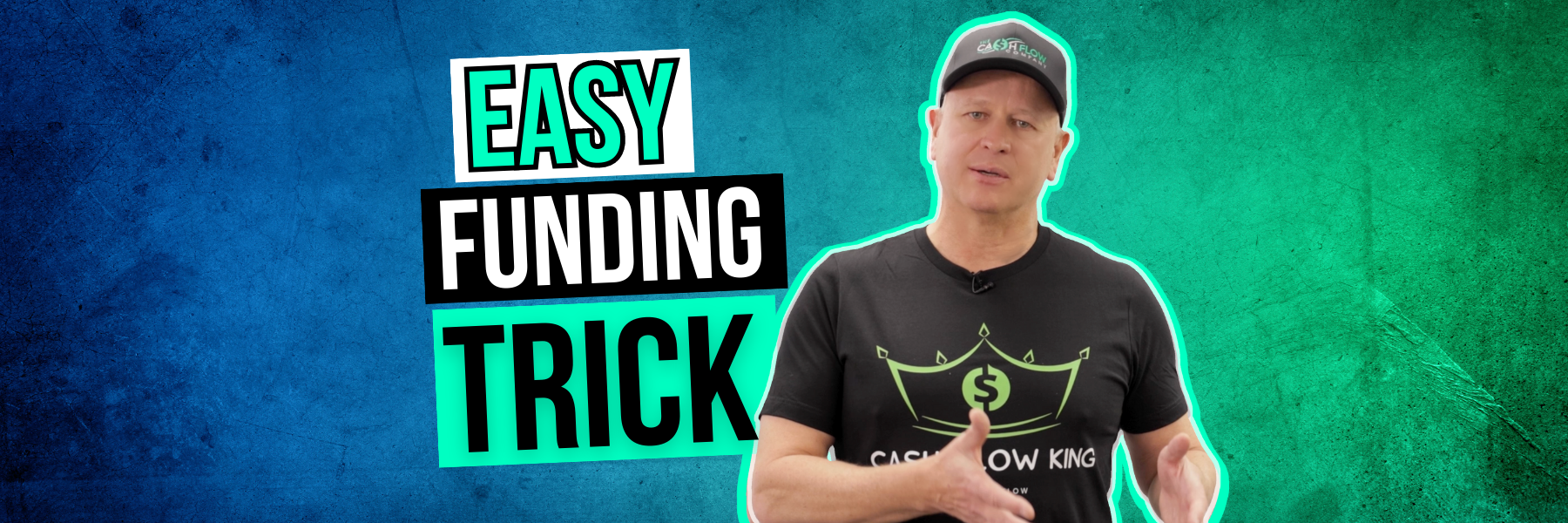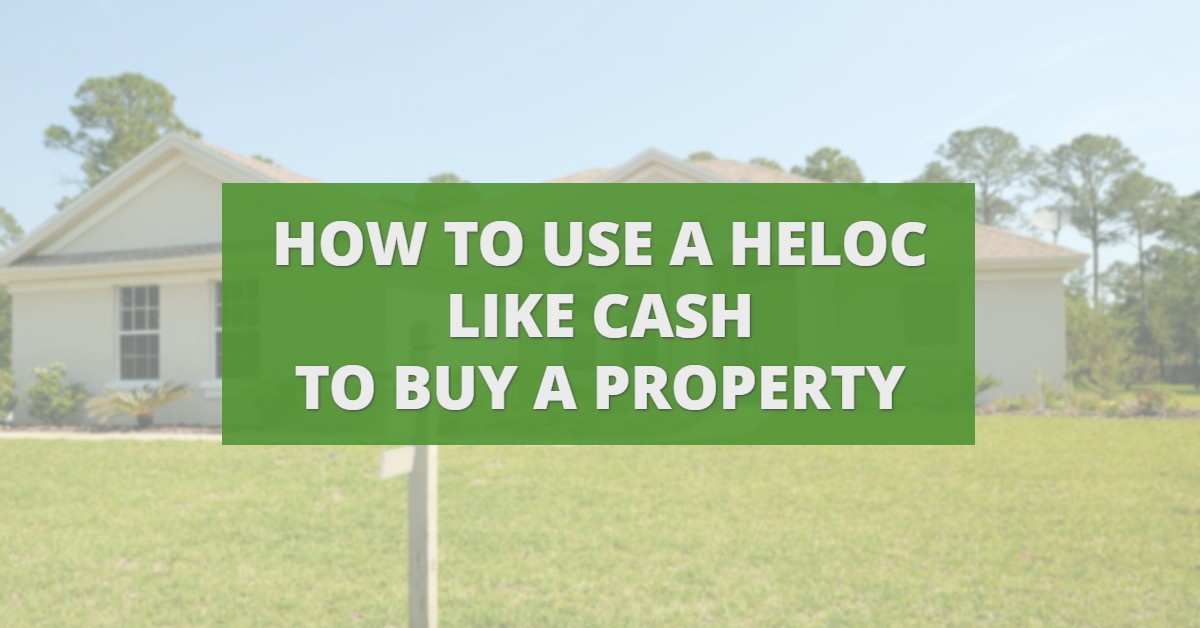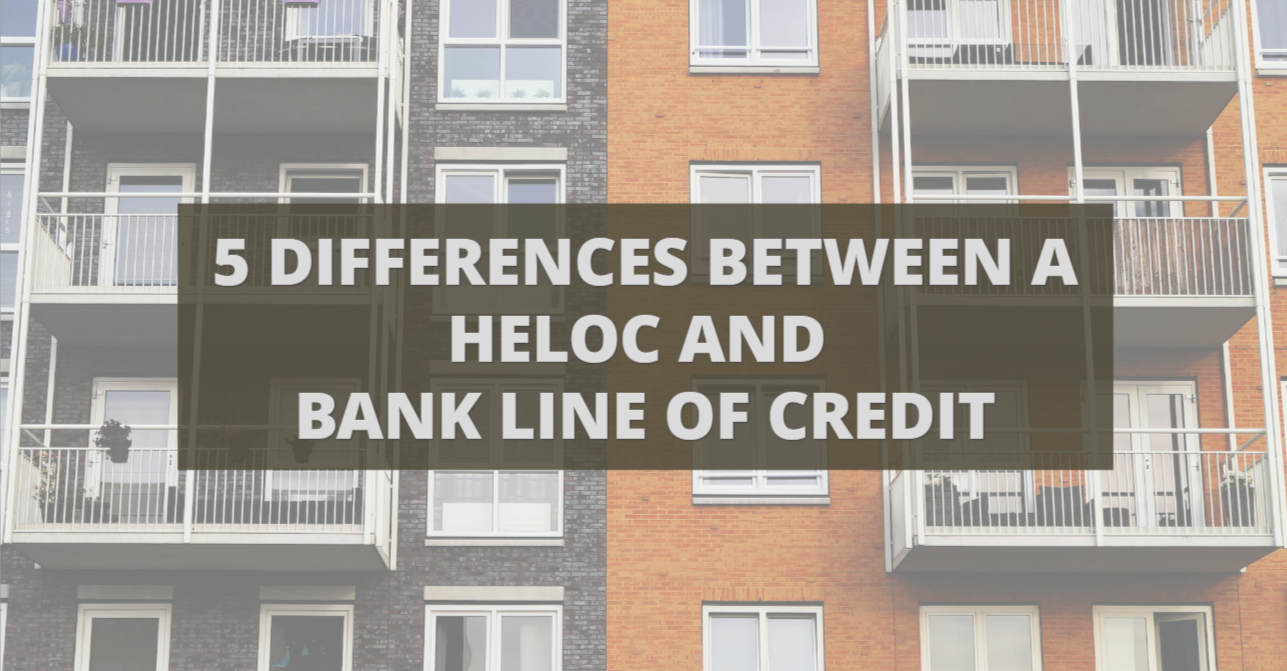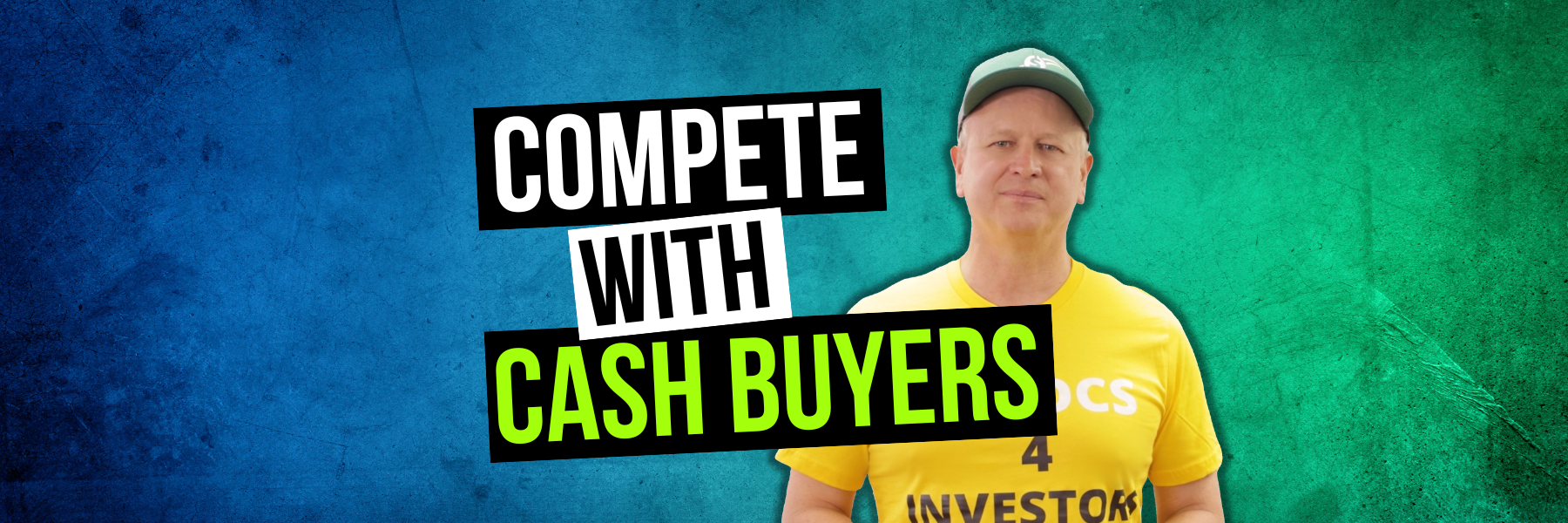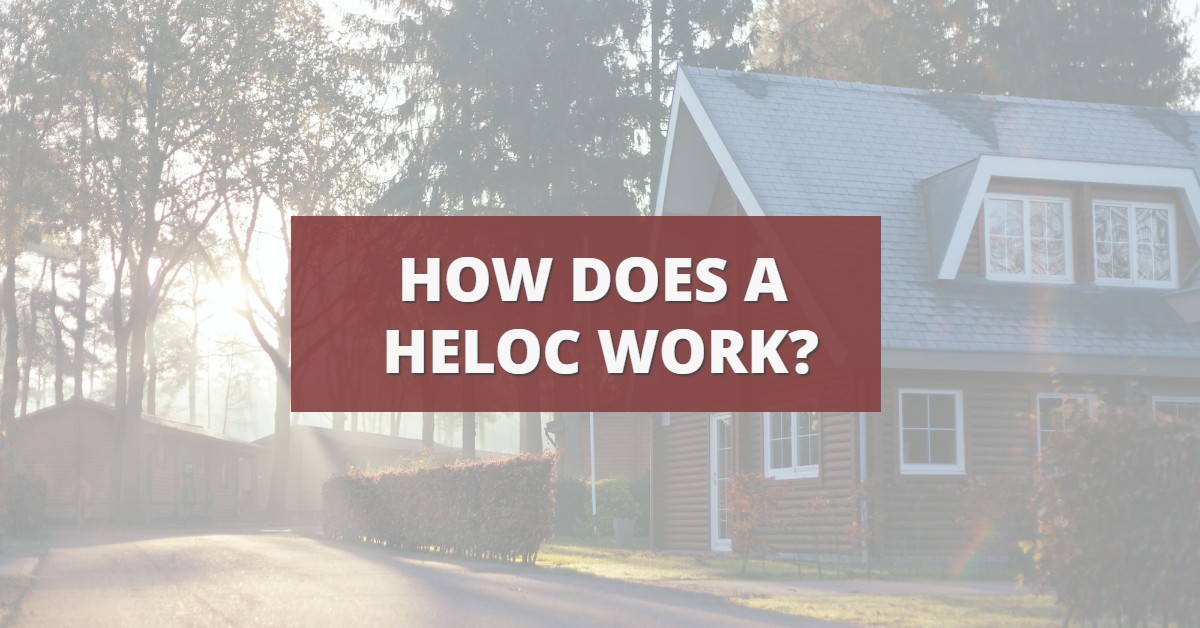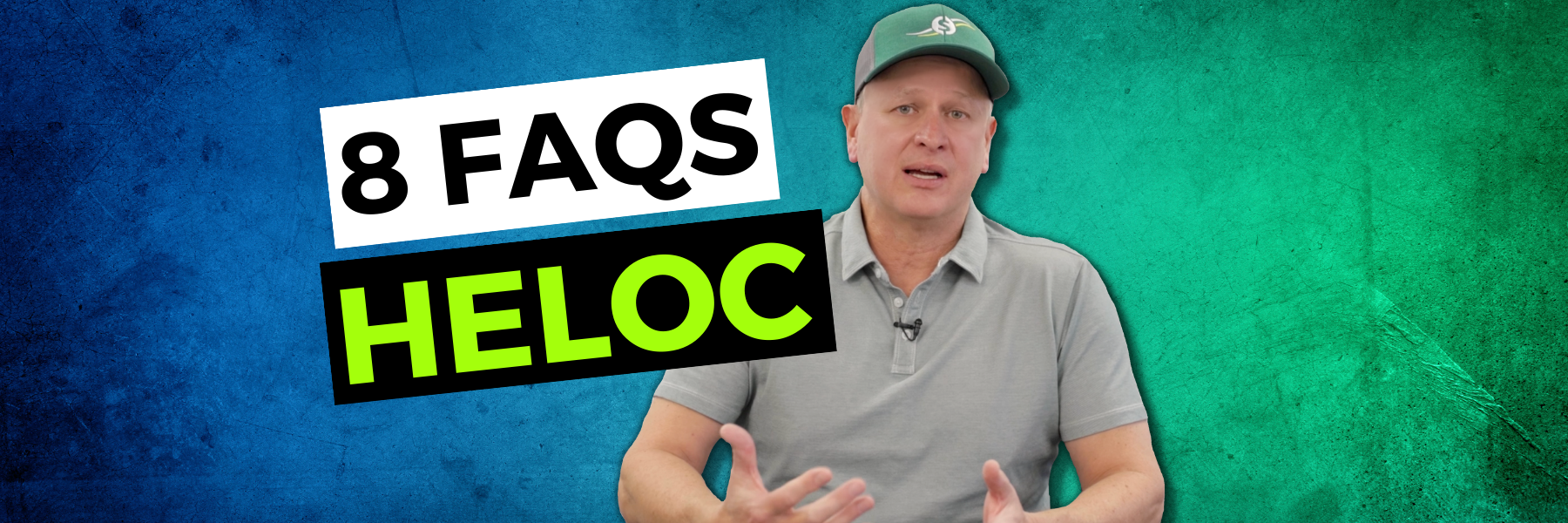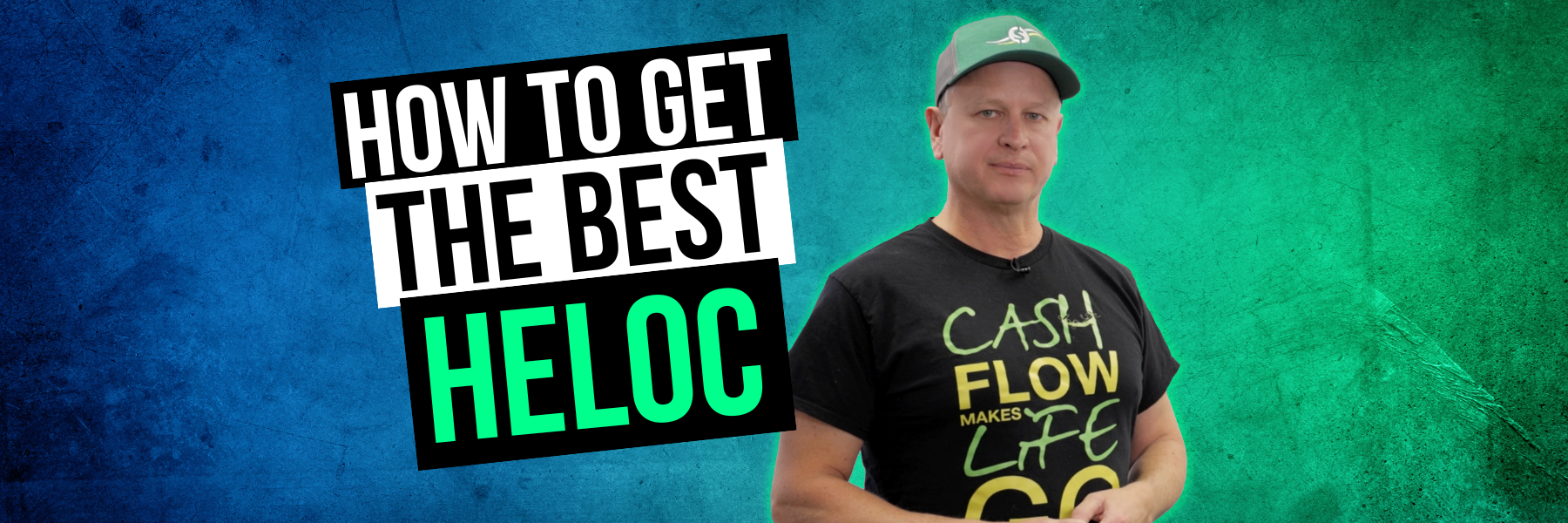3 things you need to know when you start shopping for a HELOC to buy an investment property.
For 23+ years, we’ve worked with thousands of investors and funded over a billion dollars in loans. Over and over, we find the following to be true:
Real estate investors who are set up right with financing – HELOCs, business credit cards, real private money – are the ones who succeed.
In this post, we’re going to zoom in on using a HELOC to buy an investment property. Here’s what you need to look for to get the best HELOC for your investing needs.
HELOCs – The Basics
A HELOC is a Home Equity Line of Credit. Oversimplified, this means you can get credit from the bank based on how much of your house is paid off.
A few things to note about HELOCs generally:
- They can be on either your primary residence or your rental properties.
- Real estate investor can benefit from taking out as many HELOCs on all of their properties as they can.
- They provide easy, flexible access to funds for all areas of your investing.
- A HELOC can be used for:
- Down payments
- Earnest money
- Closing costs
- Carry costs
- Rehab costs – material, contractors, or other bills
- Buying a property outright, if the line is large enough
There are a couple rules of thumb we follow and questions you should ask when you start asking banks for a HELOC. Let’s go over the top 3.
1. LTV on a HELOC to Buy an Investment Property
The #1 consideration when you start looking for HELOCs, by a landslide, is the loan-to-value.
LTV should be your priority for one simple reason: the more money you can get, the more you can do with real estate investing.
Depending on the property type, you’ll find that your bank or credit union will give you an LTV of somewhere between 70 and 90% in this market. In other markets, they’ve gone up to 100% loan-to-value.
Example of an LTV on a HELOC
Let’s say you own a property worth $400,000. You found a credit union that will give you a 70% LTV on a HELOC to buy an investment property.
Here’s the simple calculation:
$400,000 × .70 = $280,000
So, they’ll allow $280,000 in a HELOC on that property.
If they offered an 80% LTV on the same home, then you’d get a HELOC with $320,000. At 90% LTV, you’d get $360k.
But What Is CLTV?
However, HELOC LTVs are a bit different than typical loans – after all, there’s already a first lien or mortgage on the property.
In this case, they look at a combined loan-to-value (CLTV) instead.
As an example, let’s say that property worth $400,000 has a mortgage that’s $270,000.
So here’s what the credit union will do for a CLTV:
- They know their 70% LTV would give you $280k.
- But since you still owe $270k, they’ll subtract that amount from your available LTV.
- Therefore, you’ll end up with $10,000 for a HELOC.
Maximizing Your LTV
This is why LTV is so important for a HELOC. The higher the LTV, the more available funding you’ll have to put anywhere in your real estate deals.
In our previous example, the 70% LTV only gave you $10k in your HELOC. The same property with an 80% LTV would get $50k. And 90% would leave you with $90,000 to use on a HELOC – even with the mortgage still on the home.
It’s essential to make sure you’re working with an institution that will give you the maximum loan-to-value to get more flexibility in funds.
2. Draw Period on a HELOC to Buy an Investment Property
The second consideration for a HELOC is the draw period. This is how long you can use it like a line of credit before needing to pay it off.
During this draw period, you can take money out, pay it back, then take it out again, over and over.
Draw Period Options & Refinancing
Most HELOCs come in two different draw periods: either a 5-year or a 10-year. The longer the draw period, the more flexibility you have.
Also, you’re able to refinance a HELOC at any time. We recommend searching for better HELOCs every 1-3 years. If you refinance before your draw period ends, then that period doesn’t matter as much.
However, we still recommend setting yourself up with the longest draw period available to you. When you need to refinance, but you’re stuck in a down market, you’ll probably get worse terms on your new HELOC. A longer draw period gives you more control over a better refinance.
So, when you start the process of getting a HELOC to buy an investment property, set it up to be long-term. Even if you choose to refinance, you should still look to start with the highest LTV and longest draw period possible.
2. Interest rates for a HELOC to Buy an Investment Property
The third important consideration when looking for a HELOC is the interest rate. In other words: how much will it cost you to borrow from this line of credit?
Typically, HELOCs are based on prime plus a number. That “plus” number is where the banks make the profit. Almost all banks use prime as their starting point, then they add a factor. They add either one, two, or three to prime to determine your rate.
Locking in a Fixed-Rate
We recommend looking for a fixed rate for more than a year. We’ve been locking people into five-year fixed rates, and a few years ago, we could offer a 10-year fixed.
Adjustable rates can be a little misleading. Some banks might offer you a prime minus 5 just to get you in. It’s a bit like if a credit card gave you 0% interest up-front, then jacked it up once you get comfortable with it.
Banks try this strategy because they know that once you get a HeLOCK, you’re less likely to refinance out and stay with the higher adjusted rate. This is another reason why we think you should always be on the lookout for better HELOCs to refinance into.
More Help on Getting a HELOC to Buy an Investment Property
These are the three main things to ask about when you’re looking for a HELOC for real estate investments:
- Loan to value. The most important. You want to maximize what you can get.
- Draw period. You want the flexibility of a 5-year or longer draw, but always look to refinance.
- Interest rate. You want a fixed rate so you’re safe despite turbulent or declining markets.
Want more information on how to talk to banks when looking for a HELOC to buy an investment property? Download this free checklist.
If you have any other questions, you’re always welcome to reach out at Info@TheCashFlowCompany.com.

